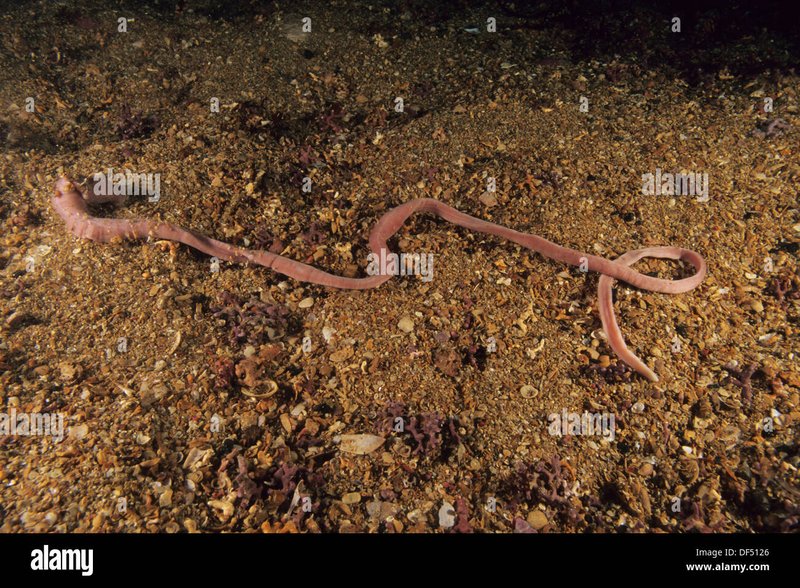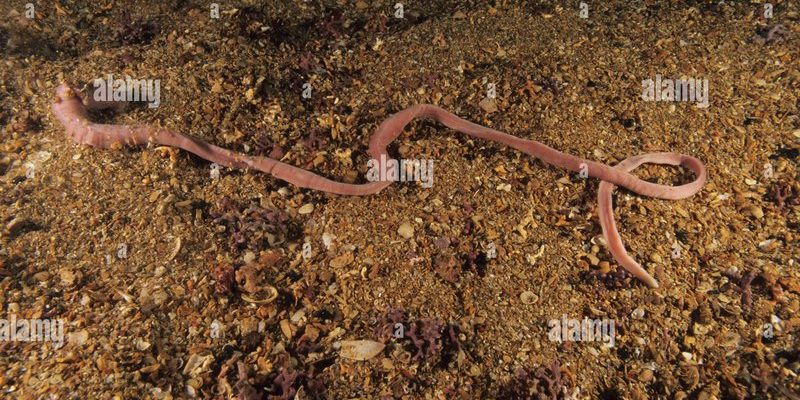
Imagine walking along a beach and noticing a ribbon worm slithering through the sand. At first glance, it might seem like just another piece of seaweed. But beneath the surface, these worms are adapting to their environment’s changes in temperature and food availability. Understanding their seasonal behavior helps scientists gauge ocean health and the impacts of climate change. So, let’s dive deeper into the world of ribbon worms and discover what makes them tick throughout the year.
Understanding Ribbon Worms
To appreciate the seasonal behavior of ribbon worms, it helps to know a bit about them. Ribbon worms, or Nemertea, are soft-bodied, elongated creatures that can be found in various marine environments. They come in an array of colors, from vibrant reds to muted browns, making them quite striking—if you can spot them!
These worms can grow up to several feet long and possess a unique feature: a retractable proboscis, which they use to catch prey. Think of this proboscis as a sort of fishing line; they extend it to nab small creatures, like crustaceans or even small fish. The way they hunt and move about can change significantly with the seasons.
Behavioral Changes: Spring Awakening
Spring is a lively time for ribbon worms. As the weather warms and food becomes more plentiful, these creatures become more active. You might picture them emerging from their hiding spots in the mud or sand, stretching out and searching for food.
During this season, ribbon worms can often be found near the shorelines, where they hunt for marine invertebrates. The rising temperatures coax them into a feeding frenzy, allowing them to bulk up after the winter months. This time is crucial for their growth and reproduction. The increase in food availability leads to a surge in their population, as mating rituals often coincide with the warmer months.
Impact of Water Temperature
Water temperature plays a significant role in the behavior of ribbon worms. As the sea warms in spring, metabolic rates increase. This means they can move faster and reproduce more effectively. Scientists have observed that higher temperatures often lead to a more significant movement of ribbon worms towards shallower waters, where food is abundant.
Additionally, this rise in temperature triggers nesting behaviors. They lay their eggs in protective casings that safeguard the developing young from predators. It’s nature’s way of ensuring the next generation has a fighting chance.
Summer: Peak Activity
Summer is arguably the most active season for ribbon worms. The warm waters are teeming with life, and our squiggly friends take full advantage. They are busier than ever, hunting at all hours to consume as much food as possible.
During this time, you might witness an increase in their encounters with other marine life. As they hunt, they can also start to compete for food. The increased competition and abundance of prey can lead to more aggressive behaviors, including sophisticated hunting strategies.
Feeding Frenzy
Here’s the thing: summer isn’t just about more food; it’s about variety. Ribbon worms will eat whatever they can catch, from tiny shrimp to mollusks. Their ability to adapt their diet affects their growth and reproductive success. And with longer days, they have more time to hunt.
At this point, they really need to stock up on energy. This is especially important leading into the autumn months, where the availability of food starts to dwindle. Essentially, summer is a time for ribbon worms to feast like there’s no tomorrow.
Autumn: Preparing for Change
As the days grow shorter and temperatures begin to dip, ribbon worms know it’s time to start preparing for the colder months. Their behavior shifts significantly during autumn. You might find them burrowing deeper into sand or mud, seeking shelter from the colder temperatures and harsher conditions.
During this time, you may notice that their activity levels decrease. They begin to conserve energy, which is crucial for their survival during winter. Some species even enter a state of dormancy, slowing down their bodily functions similar to hibernation in mammals.
Mating Season
Interestingly, autumn is also a time for mating. As ribbon worms seek to reproduce before winter, they engage in elaborate courtship displays. If you happen to catch a glimpse of these colorful creatures twirling together, you’re witnessing a beautiful dance of survival.
Once they mate, the female will lay her eggs in a safe environment, ensuring the next generation can endure the challenges of winter. This strategy plays a vital role in maintaining their population.
Winter: The Quiet Months
Winter can be tough on ribbon worms. Many go into a state of dormancy, burying themselves in the mud or sand to escape the cold and lack of food. You might think of them as going into a deep sleep, conserving energy until conditions improve.
During this season, their metabolism slows down, and they become less active. This is when they rely entirely on the reserves stored during the warmer months. Their ability to enter this dormant state is a fascinating adaptation that allows them to survive in temperate zones where winters can be harsh.
Survival Strategies
In winter, ribbon worms use various strategies to survive. They may form communities with other ribbon worms, creating a sort of “safety in numbers” effect. Together, they can weather the cold more effectively than if they were alone.
Additionally, some species are known to produce protective mucus layers. This mucus helps insulate them from cold temperatures and keeps them hydrated. By the time spring rolls around again, these resilient creatures will emerge, ready to start the cycle anew.
The Importance of Studying Ribbon Worm Behavior
Understanding the seasonal behavior of ribbon worms isn’t just a fun tidbit for marine enthusiasts. It has broader implications for marine ecology and climate studies. These creatures can serve as indicators of ocean health, showing how changes in temperature and food availability affect marine ecosystems.
Researchers monitor their populations to gain insight into the impacts of climate change, pollution, and habitat loss. Observing how ribbon worms respond to environmental shifts can help predict changes in other marine life as well.
In summary, ribbon worms are remarkable organisms that exhibit fascinating seasonal behaviors in temperate zones. By understanding their lifestyle—from the bustling activity of summer to the quiet dormancy of winter—we can appreciate the delicate balance of marine ecosystems and the importance of preserving their habitats.
As you ponder the next stroll along the beach, remember those extraordinary ribbon worms beneath your feet, adapting to the changing seasons and playing their part in the grand tapestry of life beneath the waves.

